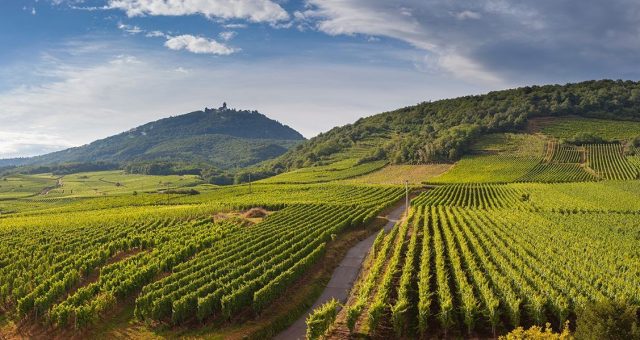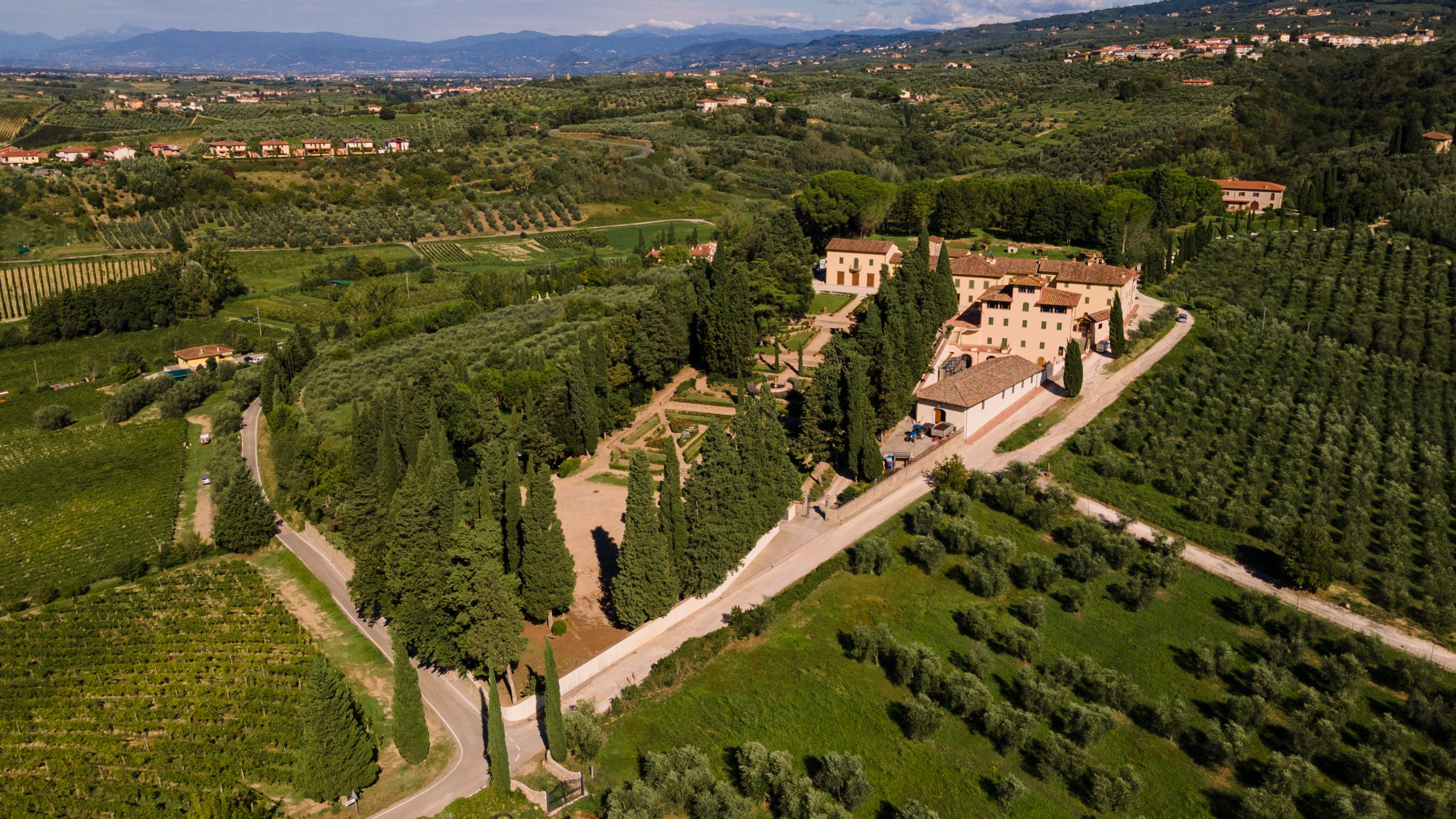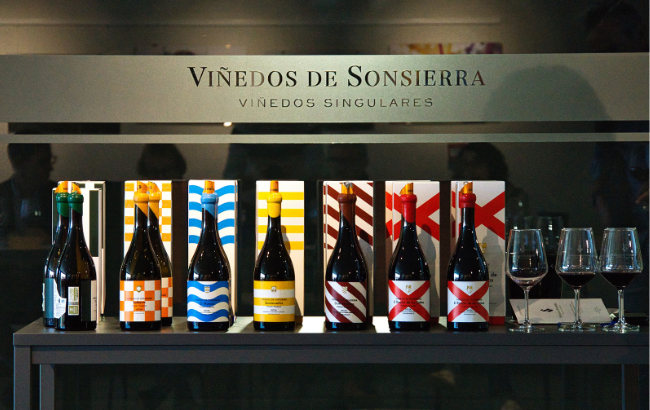Blaye AOC reveals name and regulation changes
The Blaye Appellation d’Origine Contrôlée (AOC), situated in Bordeaux’s right bank, is set to undergo substantial modifications following the homologation of its updated production specifications.

The appellation has officially adopted a name change to “Blavia,” referencing the ancient name of Blaye, a decision approved by the regulatory body according to Terroirs du Monde Education. This move honours the region’s history while signalling a fresh direction for its future.
The geographical area now includes the commune of Val-de-Livenne, formed by the merger of Marcillac and Saint-Caprais-de-Blaye. Vineyards must be situated on parcels identified based on criteria established by the National Institute of Origin and Quality (INAO) as of 30 November 2023. The previous provision for an immediate proximity area has been removed.
Grape varieties and planting densities
Significant changes have been made to the grape varieties permitted. Cot N (Malbec) has been elevated from an accessory to a principal grape variety. The combined proportion of principal grape varieties (Cabernet Sauvignon, Cabernet Franc, Merlot and Cot) must now constitute at least 85% of the vineyard, an increase from the previous requirement of 50%. Restrictions on the use of accessory grape varieties, such as Petit Verdot and Carménère, have been lifted.
Partner Content
Vineyard planting regulations have also been updated. The spacing between rows is now set at a maximum of 2 metres, compared to the previous 1.85 metres. The requirement for spacing between vines in the same row has been removed. Each vine must occupy a maximum area of 1.67 square metres, calculated by multiplying the distance between rows by the distance between vines within a row. Additionally, dead vines must be removed from parcels, and storing them on-site is prohibited.
Cultural practices and oenological regulations
The updated specifications prohibit substantial modifications to the subsoil morphology, topsoil, or elements ensuring soil integrity and sustainability, except for traditional deep ploughing. Chemical weeding of headlands and total chemical weeding of parcels are banned, as is plastic mulching. Operators are now required to calculate and record their Treatment Frequency Index (TFI).
Regarding winemaking practices, enrichment (chaptalisation) is now prohibited; previously, it was allowed up to 15%. The release date for consumption has been adjusted to 1 April of the second year following the harvest, a shift from the previous 31 March date.
Transitional derogations concerning planting densities and the appellation area have been removed. Control measures have been strengthened at various levels, granting the INAO increased oversight to ensure compliance with the updated specifications.
Related news
Bordeaux 2024 en primeur: St-Estèphe confounds expectations




